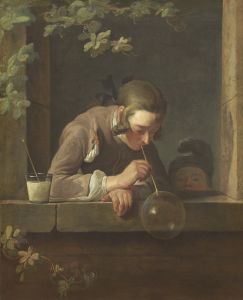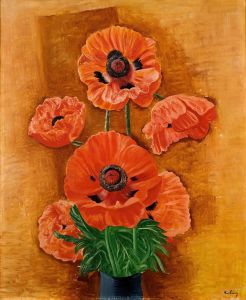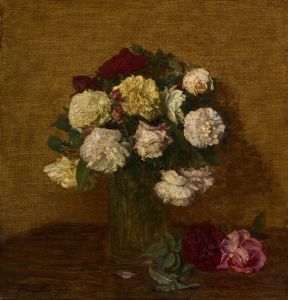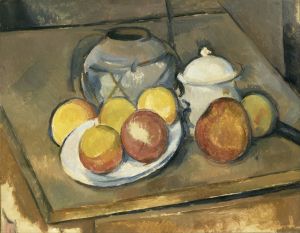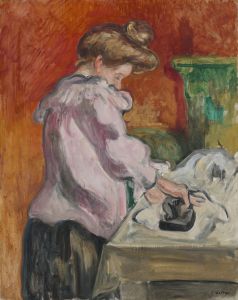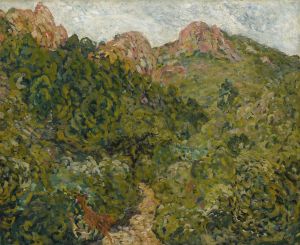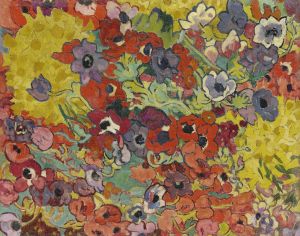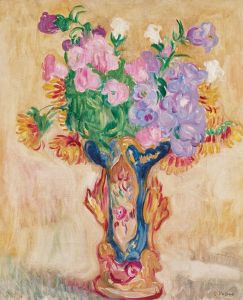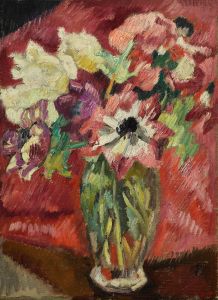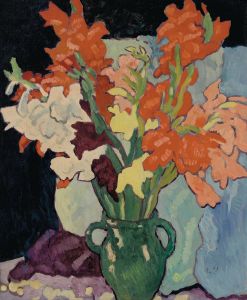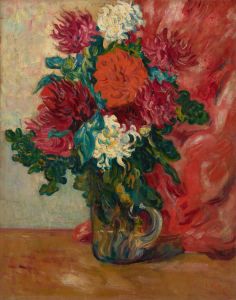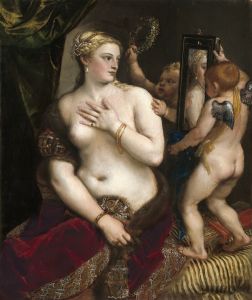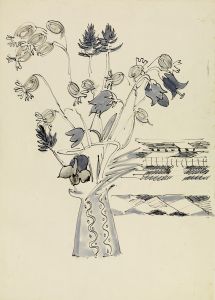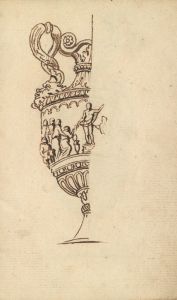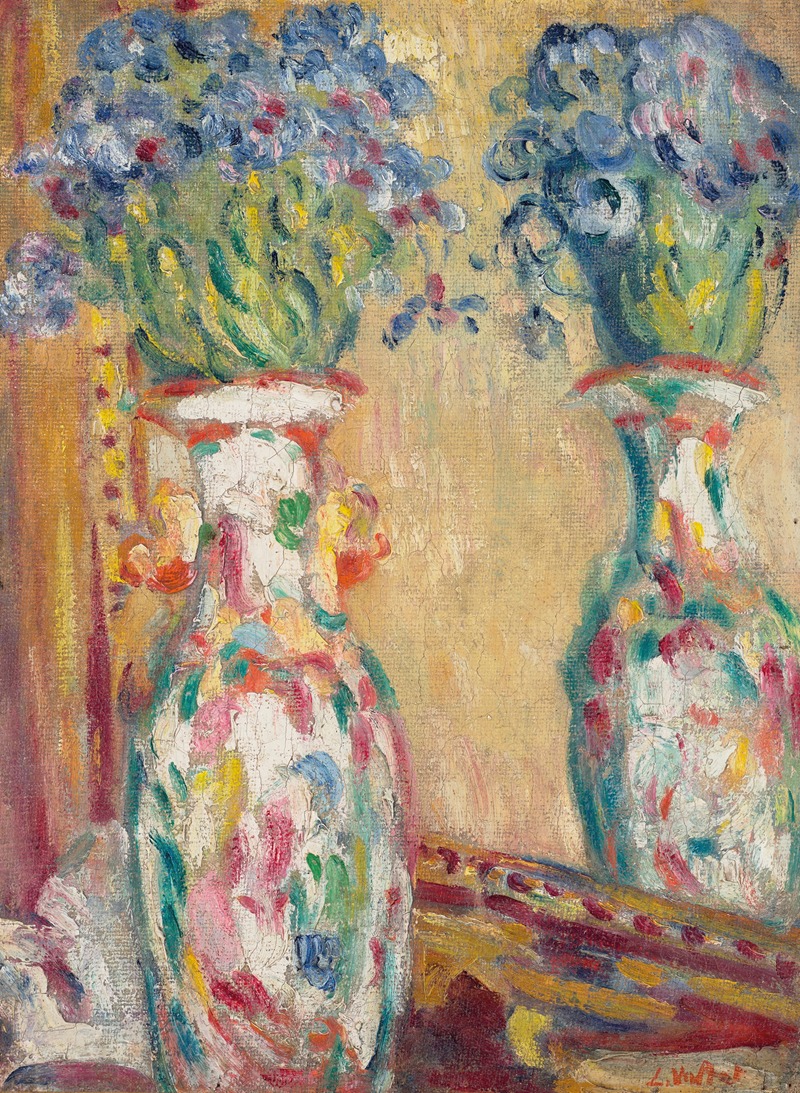
Vase au miroir
A hand-painted replica of Louis Valtat’s masterpiece Vase au miroir, meticulously crafted by professional artists to capture the true essence of the original. Each piece is created with museum-quality canvas and rare mineral pigments, carefully painted by experienced artists with delicate brushstrokes and rich, layered colors to perfectly recreate the texture of the original artwork. Unlike machine-printed reproductions, this hand-painted version brings the painting to life, infused with the artist’s emotions and skill in every stroke. Whether for personal collection or home decoration, it instantly elevates the artistic atmosphere of any space.
Louis Valtat was a French painter and printmaker associated with the Post-Impressionist movement. He was born on August 8, 1869, in Dieppe, France, and became known for his vibrant use of color and his contributions to the Fauvist movement. Valtat's work often depicted landscapes, still lifes, and scenes of everyday life, characterized by bold colors and expressive brushwork.
"Vase au miroir" is one of Valtat's notable works, showcasing his distinctive style that bridges Impressionism and Fauvism. The painting features a still life composition, a subject Valtat frequently explored throughout his career. In "Vase au miroir," Valtat employs a vivid color palette and dynamic brushstrokes to bring the scene to life, capturing the viewer's attention with its lively depiction of flowers in a vase, reflected in a mirror.
Valtat's approach to color was influenced by his contemporaries, including Pierre-Auguste Renoir and Paul Signac, with whom he shared a friendship and artistic dialogue. His use of color in "Vase au miroir" exemplifies his ability to convey emotion and atmosphere through his choice of hues and contrasts. The painting reflects Valtat's interest in the effects of light and shadow, as well as his fascination with the interplay between objects and their reflections.
Throughout his career, Valtat remained somewhat on the periphery of the mainstream art movements of his time, yet he maintained a unique voice that contributed to the evolution of modern art. His work is often seen as a precursor to the Fauvist movement, which emphasized painterly qualities and strong color over representational accuracy. Valtat's paintings, including "Vase au miroir," demonstrate his commitment to exploring the expressive potential of color and form.
"Vase au miroir" is housed in private collections and has been exhibited in various galleries and museums, contributing to the appreciation of Valtat's work in the broader context of early 20th-century art. His paintings are celebrated for their vibrant energy and innovative use of color, which continue to captivate audiences and inspire artists today.
Louis Valtat passed away on January 2, 1952, in Paris, leaving behind a legacy of work that reflects his dedication to exploring the boundaries of color and form. His contributions to the Post-Impressionist and Fauvist movements remain significant, and his paintings, such as "Vase au miroir," continue to be studied and admired for their artistic and historical value.





